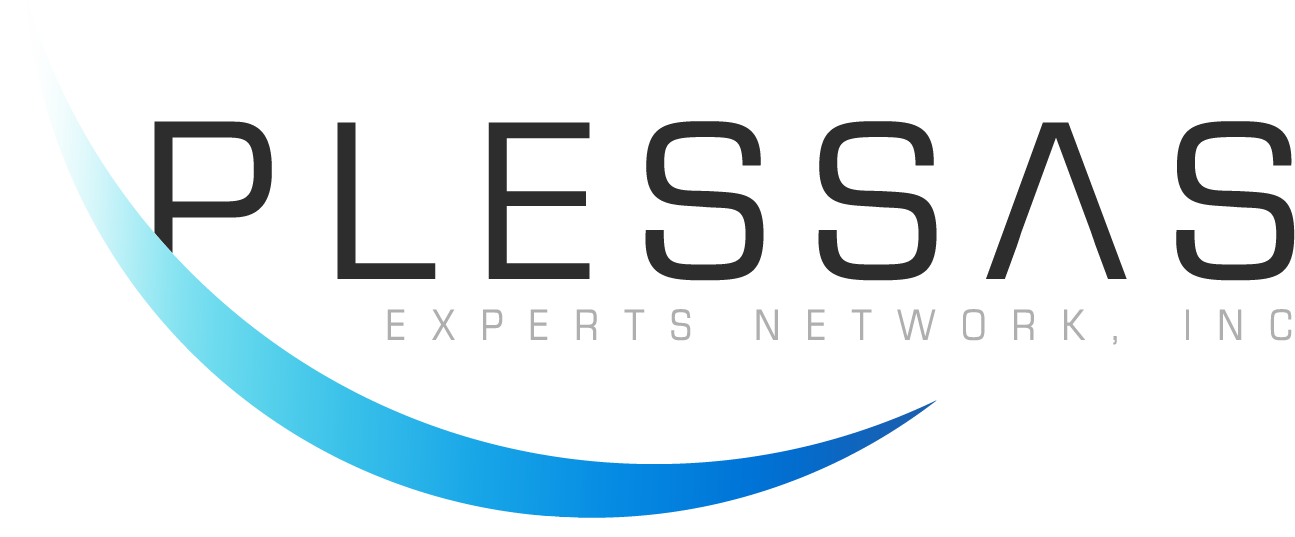Quick CSEs - a guide to making CSEs efficient for temporary usages (with AI)
Google Custom Search Engines (CSEs) are an under-utilized resource. They can be made quickly and robustly and shared with the whole team. And they don’t have to be permanent (or semi-permanent) tools. They are easy enough to make, with the help of AI, to create for one time uses.
Let’s first tallk about making CSEs quickly but without AI. My go to for this is to use Instant Data Scraper for Chrome. Any page that has a list of links I would like in my CSE is easily converted into a spreadsheet that I can use to copy and paste content into my CSE. Let me show you an example:
Similarweb lists websites and ranks them by popularity
Using Instant Data Scraper, I grabbed the top 45 online marketplaces worldwide.
Once I had the lists, I removed the extra columns because I only needed the basic web addresses. From here I chose “Copy all”
Next, I took it to the Google page to create a CSE. I named it and put a dummy website as a place holder.
I created the search engine, but next I chose to customize.
First, I removed the dummy place holder.
Then, clicking Add, I was able to paste in the contents from Instant Data Scraper. I remembered to remove the top line (column name), and I added a few online marketplaces I knew were good but were not in the list.
The online link for the search engine is in the top panel of that page. I clicked through to do a couple sample searches.
Now that this search engine works, I added it to our Resource page.
Instant Data Scraper puts things in a nice spreadsheet, making copy-paste into a CSE dead simple. But some lists aren’t scrapable in this way, or, if they are, they need some cleaning up to paste into the CSE. Removing bullets, extra characters, descriptions, etc., is required for Google CSE, and the input field is very specific.
This is where AI comes in. Of the popular AI tools available, I find ChatGPT the best at understanding what I want. I can copy a long list of websites with descriptions and bullet points, easily remove duplicates, clean up the text, and make it easily ready to insert into a CSE. For example, I was able to copy the results page from a Google search into ChatGPT and ask it to list URLs for the results only, without bullets, and it was ready to copy and paste into my CSE. I can even ask ChatGPT for a specific list of resources and add them directly into a CSE. Additionally, I could upload a spreadsheet or a graphic into ChatGPT, have it resolve, and then list the URLs for yet another CSE.
Google allows for 5000 sources across your collection of CSEs. In most cases, my CSEs have between 50 and 100 sources, which means I can have a lot of CSEs, but I still might want to make and delete some for short-term projects quickly. Check out our growing list of public CSEs.










